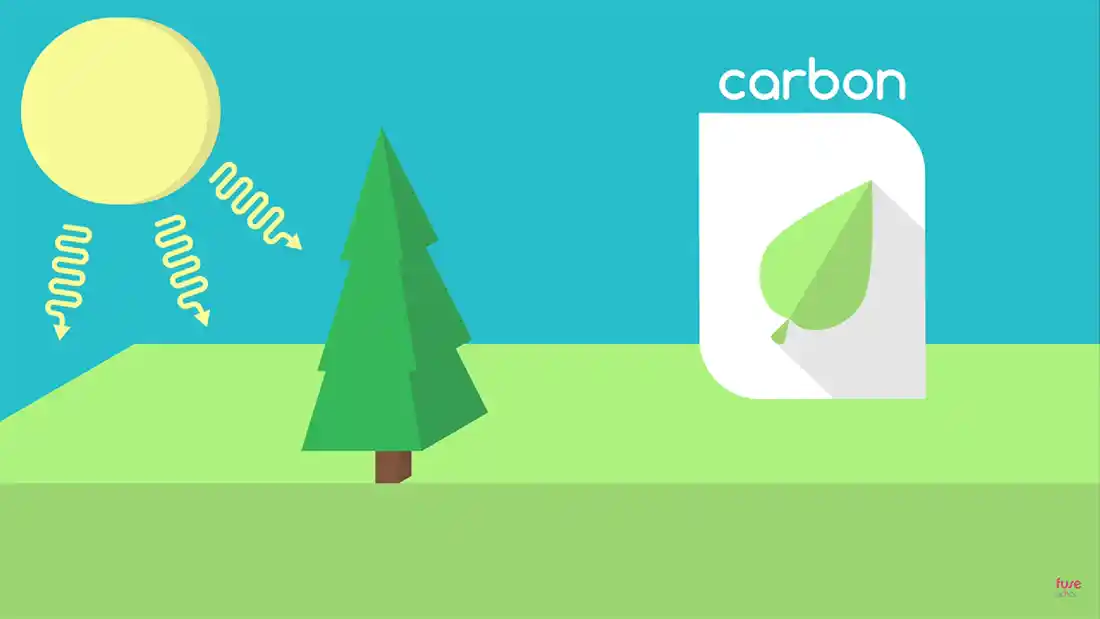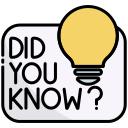

Carbon cycle, plants, decomposers, oil, gas, coal, dying, decay, climate change, fossil fuel, methane, power plant, carbon sink, sequestration, photosynthesis, plankton, algae.
The carbon cycle is the process that explains how we use carbon, how it is retrieved and is linked to fossil fuels, and also how nature contends with it. There are several steps here, as with the water cycle.
Just like in the water cycle, plants are involved with the carbon cycle too. They photosynthesise, and release oxygen into the environment, which effectively helps the carbon cycle and climate, as they take in carbon dioxide, along with other gases around that.
The plants do this more when the sun is out, and take in oxygen during the night.
The following still is from a video on the carbon cycle, with the following details:
Please click on the image to view the video.

Animals contribute to the carbon cycle by living, breathing, eating and [eventually] dying. The same with any organism. They live, breathe, eat, sleep and repeat until they reach an age where they die, and then are either buried or just decay away peacefully. This has been going on for millennia, and has created what we know as fossil fuels.

A cow can create methane, which is changed back to carbon dioxide for plants to consume. The fossil fuels create almost 10 times as much carbon dioxide as cows do.
A fossil fuel is one of three types: coal, oil and natural gas. These three have been the backbone of our way of life since the early 1900s. We use them all for various reasons. Petrol, a refined liquid from the oil we find, is used in cars. Natural gas is used to heat our homes. Oil is used to lubricate our cars, as well as many other uses.
If you live in the UK, and you drive up the motorways of the country from the South to North, you might have seen a few power plants or steam vents along the way. These are processing plants that work with coal, oil and gas we get from under the ground. When we process these, they create a carbon footprint, which is a negative factor on the carbon cycle, as it creates more carbon dioxide than is necessary.
Through the above process, as well as the plants adding to the carbon dioxide footprint, the carbon dioxide is released into the air. This obviously causes us to have issues that are very current. Climate change. There are steps we can all take to change this - drive our cars less, walk more, eat less meat, and so on.
What is that? Well, ocean acidification is the process of lowering the pH level in, well, the oceans. Why is this important? Because a reduction in the pH level to a more acidic level, means that some organisms might not be able to live there, and eventually might go extinct. Ever since the industrial revolution, some 200 years ago, the concentration of CO2 in our atmosphere means that acid levels have increased significantly.
We usually just think of the atmosphere as the air we breathe and nothing else, but what about the fish? They have their own atmosphere in the water, and this can be changed through increases in gases, liquids and even solids in the oceans. Entire food webs can be affected by the increase of carbon in the oceans. Predators that rely on the lesser amounts may not be able to find their prey, so they may risk dying off completely.
Ocean adicification is an integral part of the carbon cycle, in that if it increases much more, the stability of the oceans (including the fish, whales, algae and other organisms' lives) hang in the balance on what we do with regards to burning fossil fuels all the time.
If you are unable to see the board, please click here.
Here are a selection of links to items you could buy that would help teach some of the subject materials.
Disclaimer | About Me | Sitemap
Website design by SyntaxHTML.



Blue icons adapted from icons courtesy of Smashicons.com